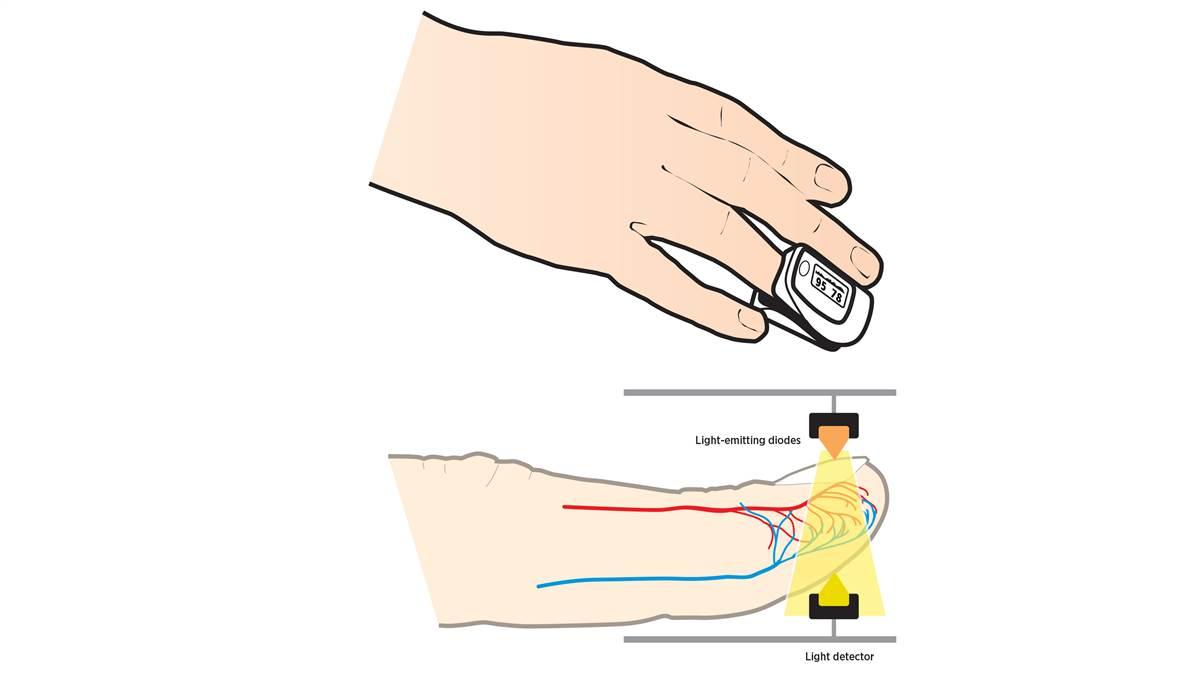How it works: Pulse oximeter
How’s your O2?

Therefore, when you fly above certain altitudes where the air becomes thinner, you may need supplemental oxygen. Part 91 of the federal aviation regulations stipulates required flight crew (that’s you) must use supplemental oxygen for any portion of a flight that exceeds 30 minutes above a cabin pressure altitude of 12,500 feet mean sea level, up to and including 14,000 feet msl. The flight crew must use supplemental oxygen for the entire duration of flight operations above a cabin pressure altitude of 14,000 feet msl. The FAA recommends using supplemental oxygen whenever you’re flying above 10,000 feet msl.
Sometimes a pilot may feel the effects of oxygen deprivation when flying below the altitude at which supplemental oxygen is required. This is especially true of pilots who are used to operating at lower elevations, or older pilots, or smokers.
A pulse oximeter is a convenient way to determine the saturation of oxygen in your blood, and you can easily use it even while flying. The small, lightweight clip-on device attaches to your finger. It shoots small beams of light through the blood in your finger, and it measures the amount of oxygen. “It does this by measuring changes of light absorption in oxygenated or deoxygenated blood,” according to Healthline.com.
After several seconds, you’ll see a readout of your oxygen saturation level. A level of 95 percent is considered normal for most healthy individuals, and anything below 92 percent indicates the possibility of hypoxia, which means oxygen isn’t reaching all the tissues in your body. Time to get on the supplemental oxygen or descend to a lower altitude—or both.



